Mütter
The Kingdom of Forms
Jergon, Berlin
Photographs by Luca Santese
Curated by Nicola Patruno
MÜTTER, Luca Santese’s first solo show in Germany is hosted and curated by JERGON, an art hub located in Berlin’s cultural heart of Kreuzberg. The space is dedicated to the promotion of experimental photography and a center for independent research.
The exhibition itinerary unfolds in three spaces, each representing the constituent stages of Santese’s artist practice, which has been questioning the mimesis of the photographic image for 15 years by means of an ongoing comparison and association with archetypes and themes belonging to the history of classic and contemporary art.
The artwork on display is drawn from the following series: ‘Found Photos in Detroit’, ‘Festa’ and ‘Errors’, leading up to a metamorphic dialogue between abstraction and figuration, the historical and the archetypical, the realist and the visionary.
Complete catalogue ENG ITA DE
Artribune article
Photography-now list
Exibart article

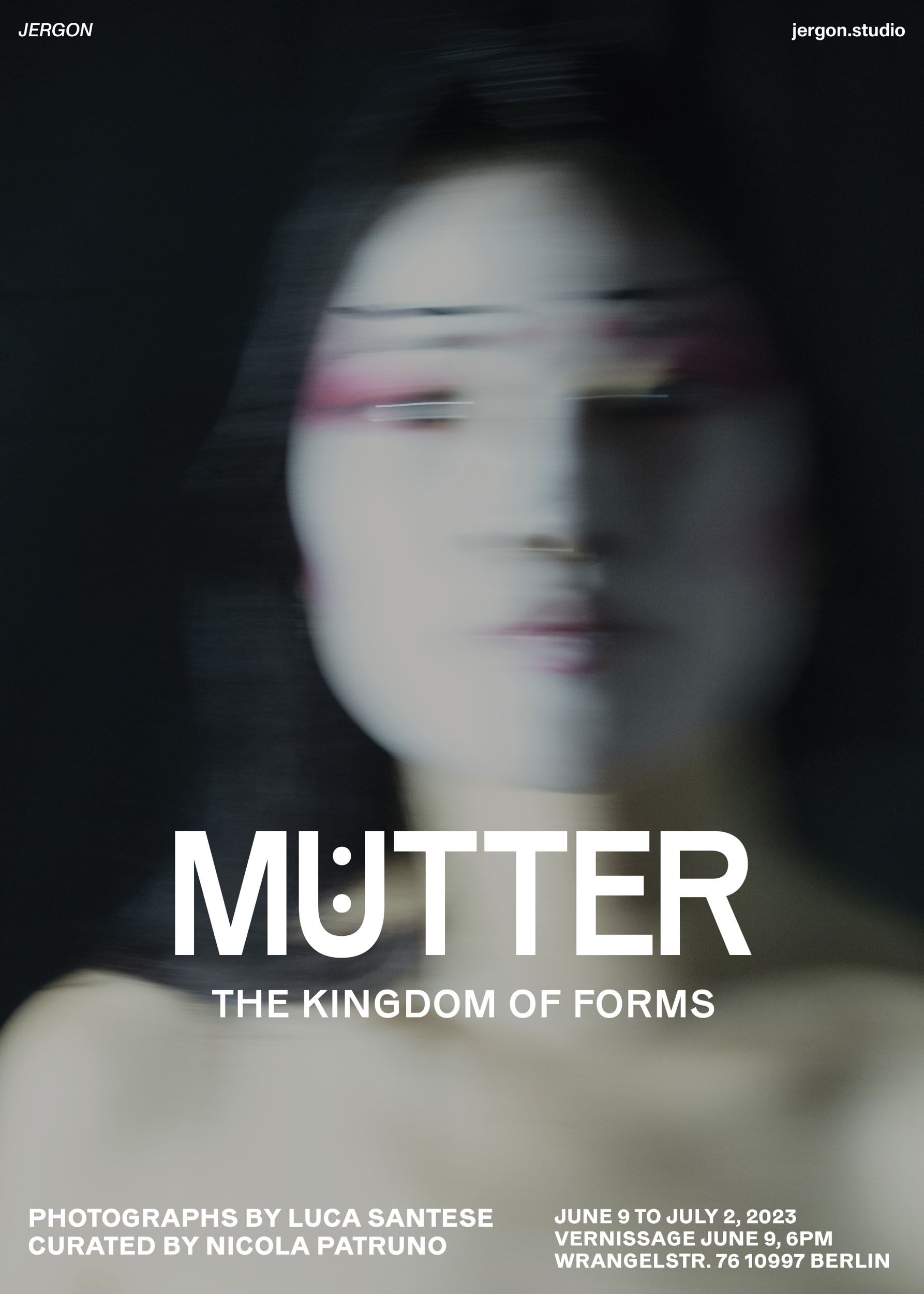
The exhibition itinerary begins from the rejection of photography as merely mimetic, mechanical reproduction of reality, and even less so in the case of documentary photography.
This happens to be the starting point for ‘Found Photos in Detroit’, published together with Arianna Arcara – with whom Santese founded the collective Cesura – in 2012. The images from this series are in fact archival documents that time and weathering have altered, undisclosing new characteristics of the documents themselves and distancing the subjects they portray from reality only at first glance.
The passing of time, on the contrary, together with the artists’ intervention, lets new truths otherwise concealed emerge from each individual document. ‘Found Photos in Detroit’ constitutes an archaeology of the documentary image, a procedure that dismantles the mimetic status of photography, thus opening up the possibility of its authentically artistic purpose

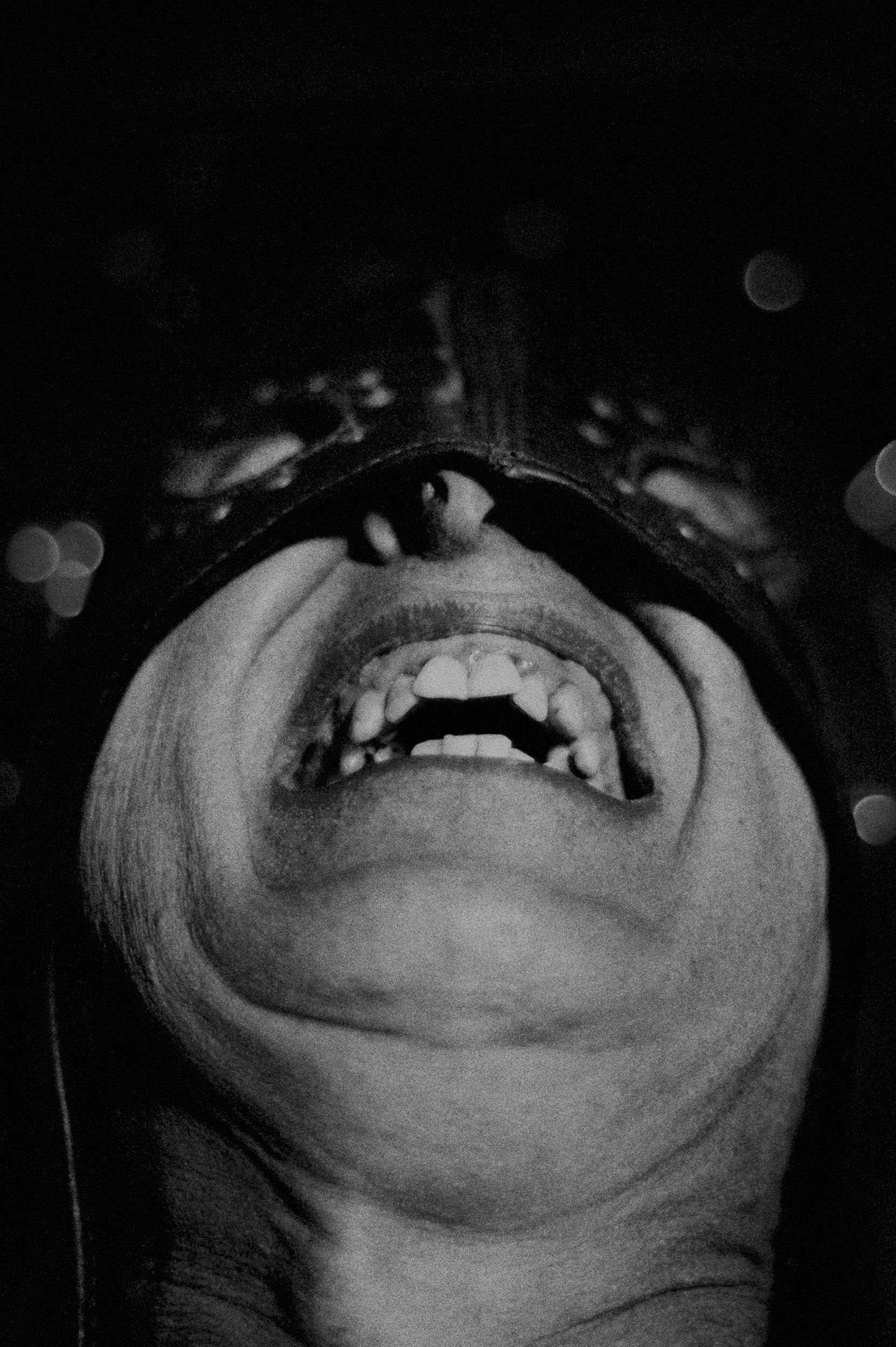
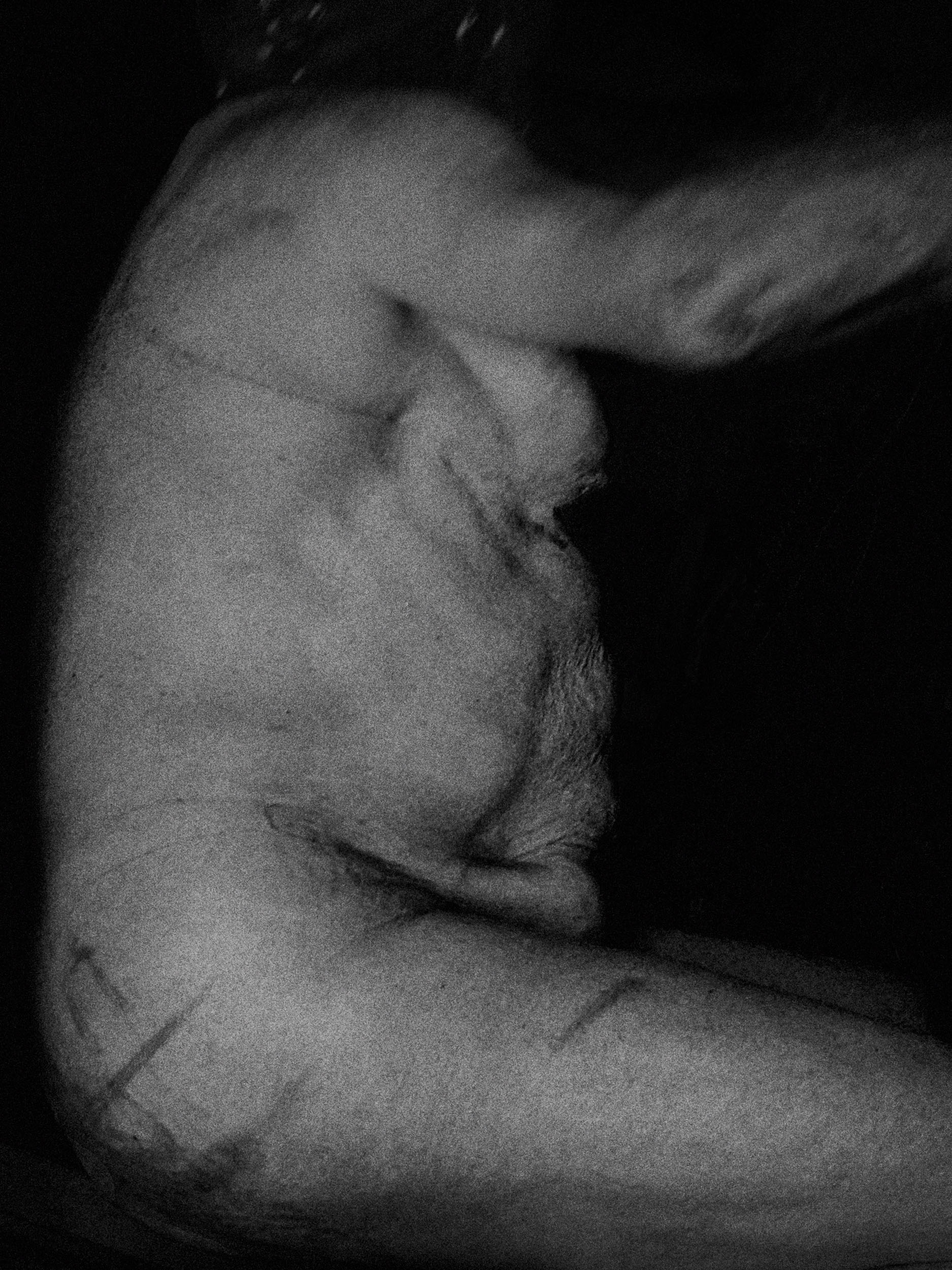



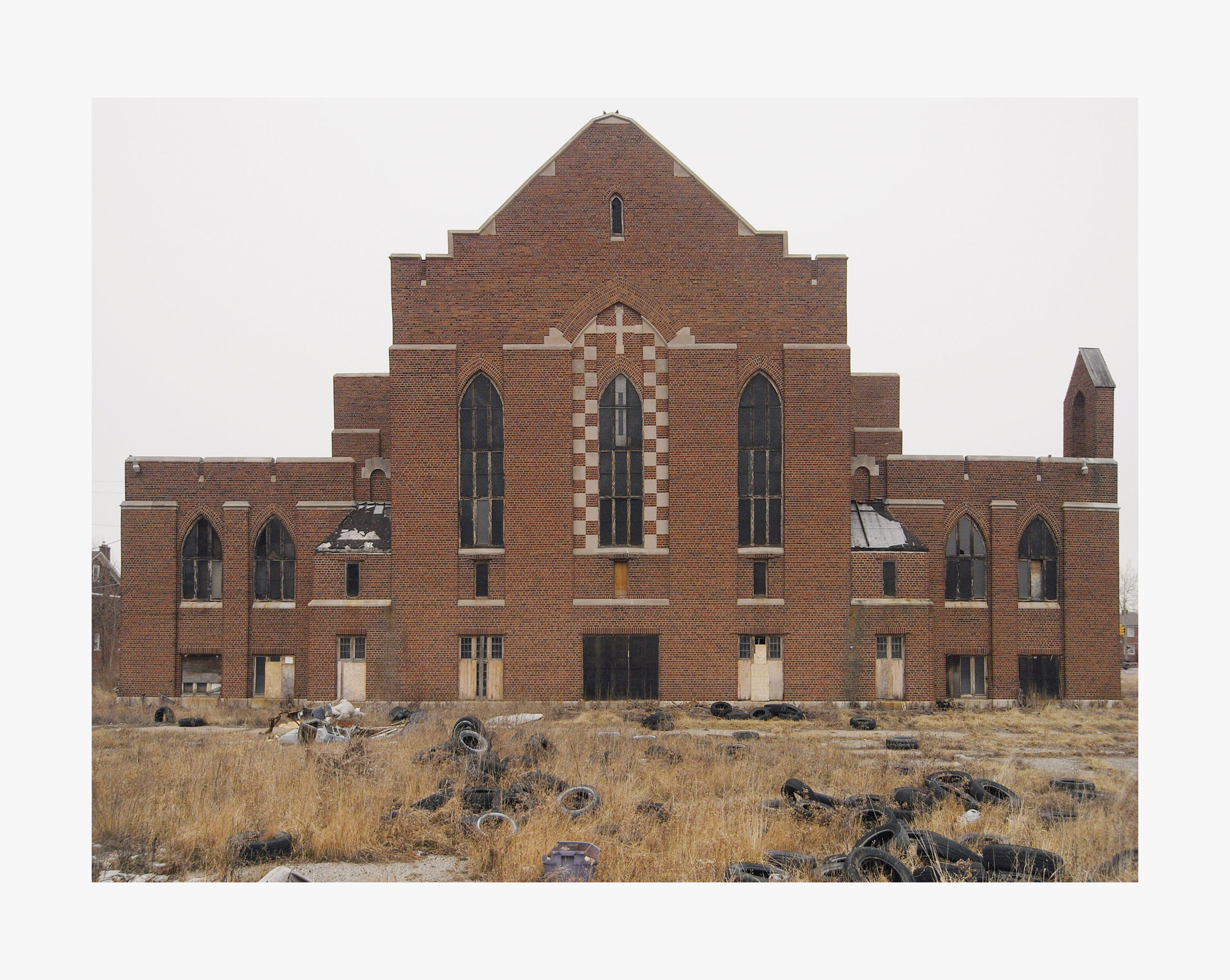


(Sado, Detroit 2009-2010, Found Photos in Detroit)
This body of work, starting out from a strictly documentary medium, casts light on the need to emancipate photography from mimesis as the only possible condition for it to access the art realm. Moreover, this condition grants the artwork the essential strength to lead the spectator to question their own ordinary world view. Santese’s work reveals the deceit of the artistic image as well as its absolute necessity. JERGON’s display of Santese’s body of work is marked by well-recognizable phases of his research. In a cyclical time, albeit never the same, the artist approaches diverse subject and creates images that dispute ordinary appearance. In the series ‘Sado’ the ordinary nature of the human body is called into question. Depicted in borderline situations that are achieved through pain and constriction, the body reveals sides that must be necessarily repressed in everyday life.
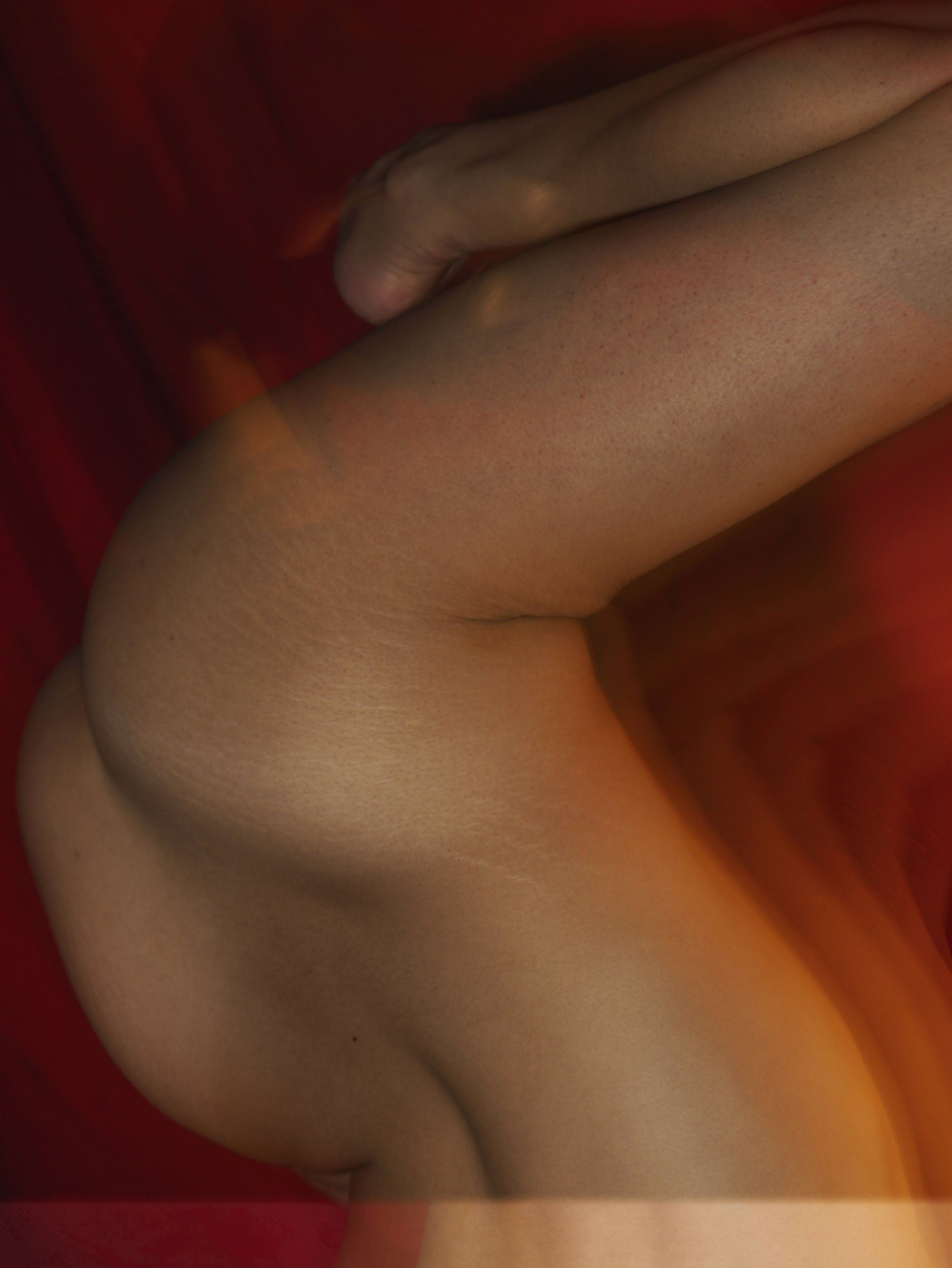






(Errors, Festa)
The ‘Festa’ cycle is a mediation point between interiority and exteriority, a mirror, a prism between subject and object, between time and history, the soul and the world. The presence of archetypes throughout this series becomes increasingly explicit and leads the viewer on to the ‘world of Mothers’ from which the exhibition title stems.
It is the world of ‘forms’ –of all forms possible–, a hyperuranium too bright to be let into without mediation, without a shield or a guide. They are the omnipotent forms from which everything in the world springs, where not even a God can take the lead, as it is reminded in Goethes’ Faust. The passage cannot happen without errors, though.
The ‘Errors’ series is made up by a number of works arising from the study of a mistake occurred in the digital production of an image. The artistic reworking of the photographic error can claim a century-long tradition and constitutes an underground current of photographic research at least from Lázló Moholy-Nagy and Man Ray onwards. Santese’s interpretation of the digital error molds new forms and enhances its fertility by depicting subjects ranging from human to nonhuman, from landscapes to actual sculptural works.







(New photographs)
Along the same lines of biological evolution, replication and selection mistakes stand at the core of change and development, they give life to new ‘shapes’: as in biology new life forms and species are born, so in Santese’s art new procreating shapes, archetypes and myths are generated.
Each phase transition is thus an evolution, a movement that requires the construction of a new language, rebelling against those expressive norms that have become sterile and crystallized. Only in this way can one plunge –together with Faust– in the realm of the Mothers: the old shapes implode and give ado to a new kaos that is then arranged in new shapes, a new kosmos regulated by new internal laws, of which the author takes conscience and sets free through actual new art.
Nicola Patruno
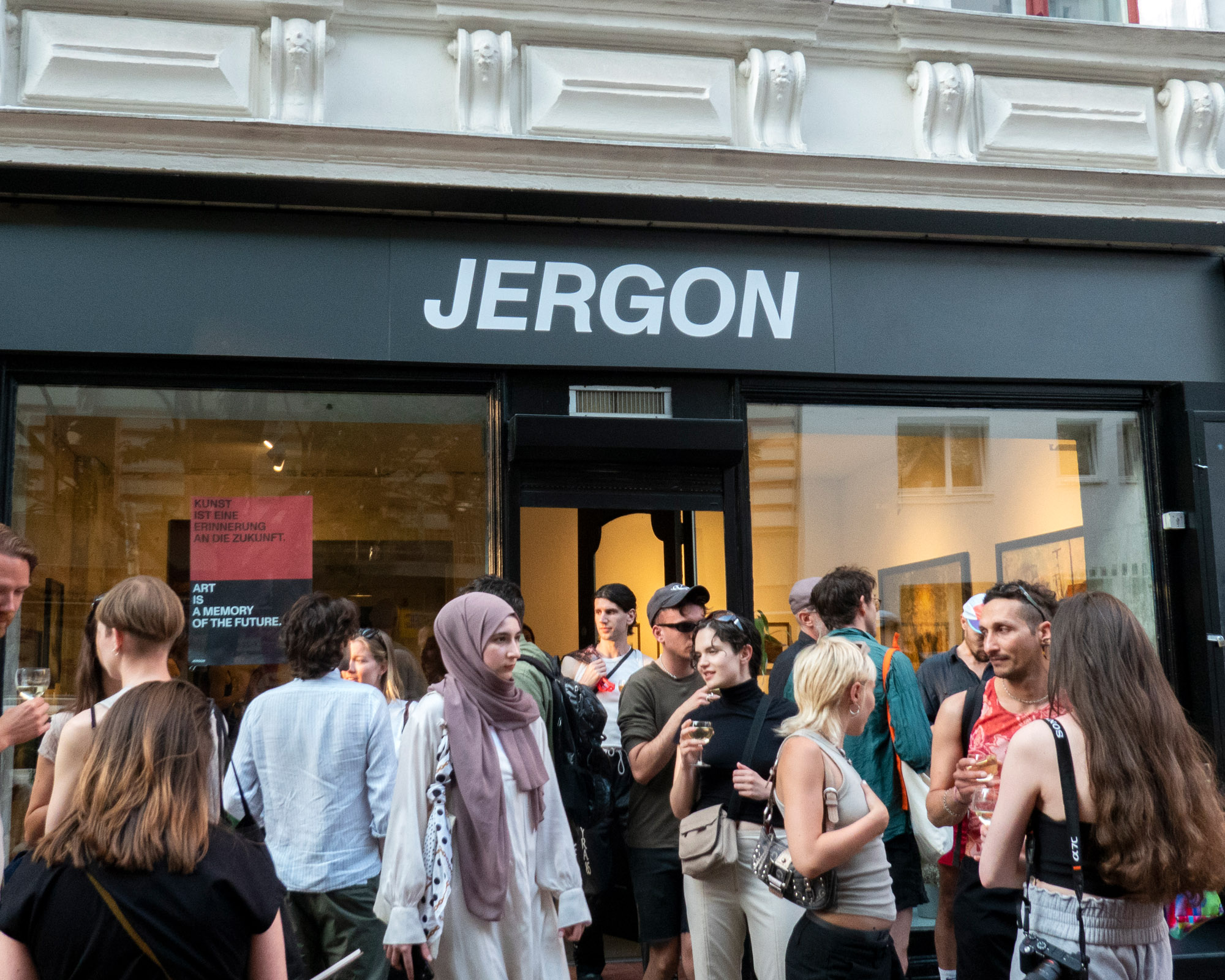
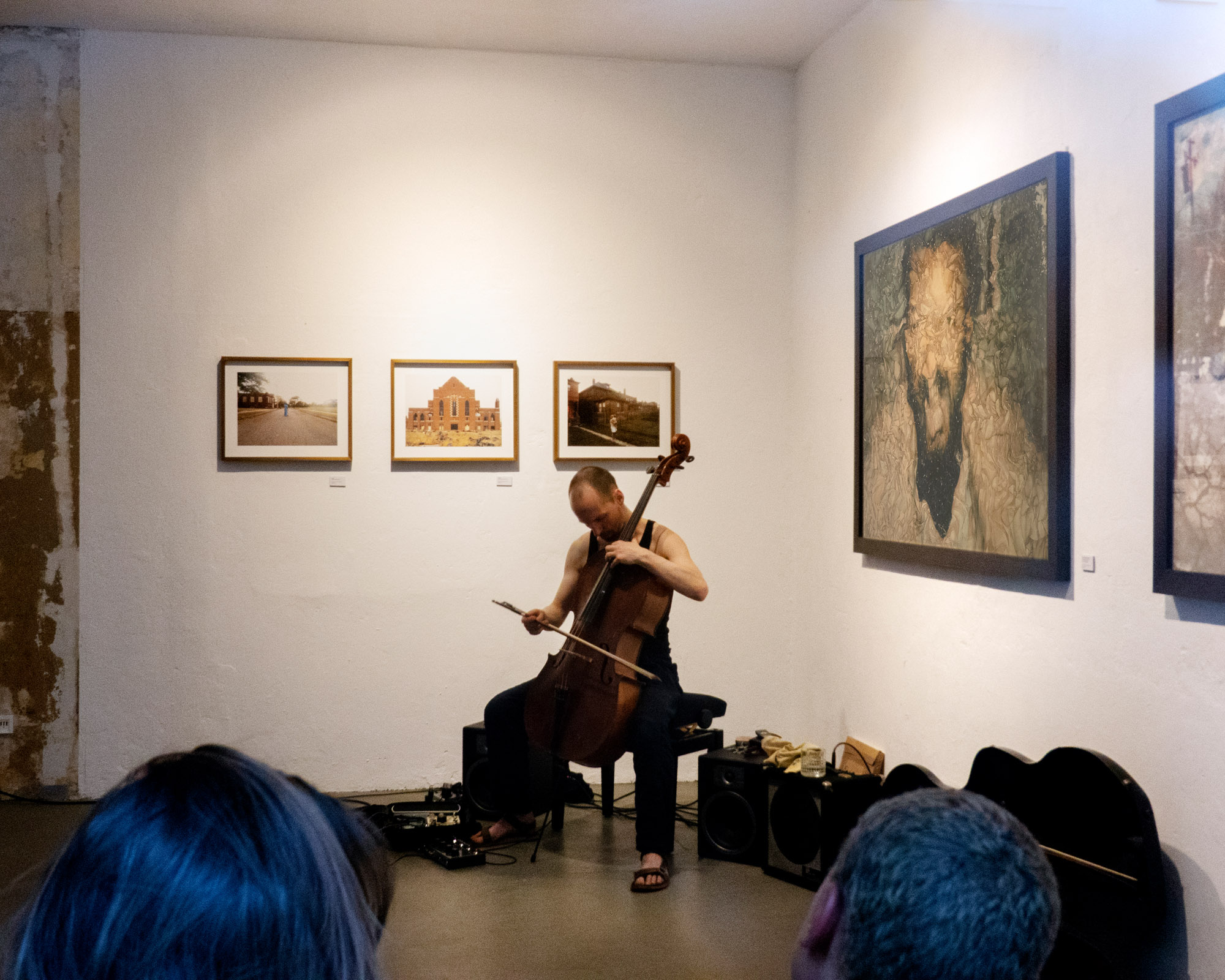


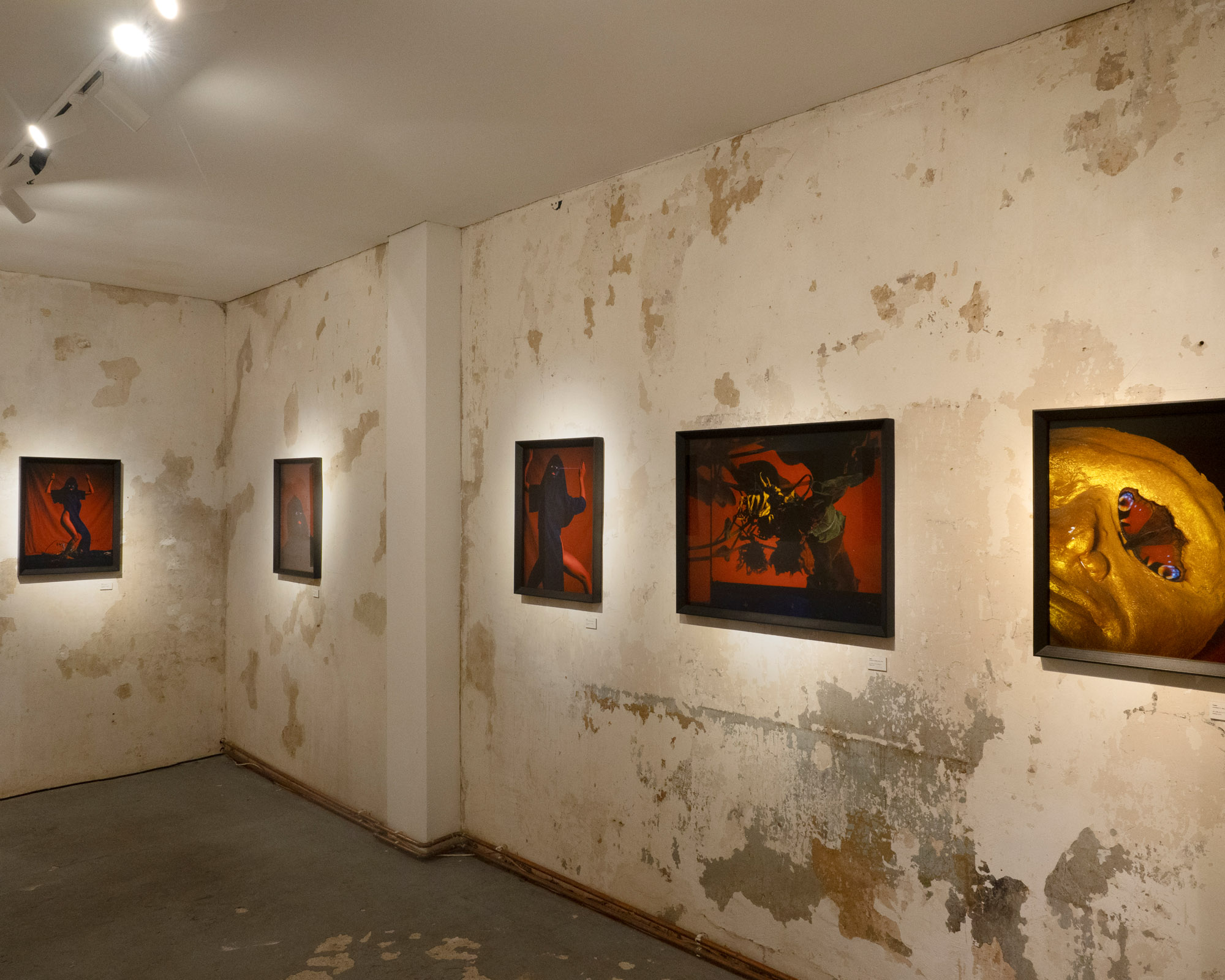
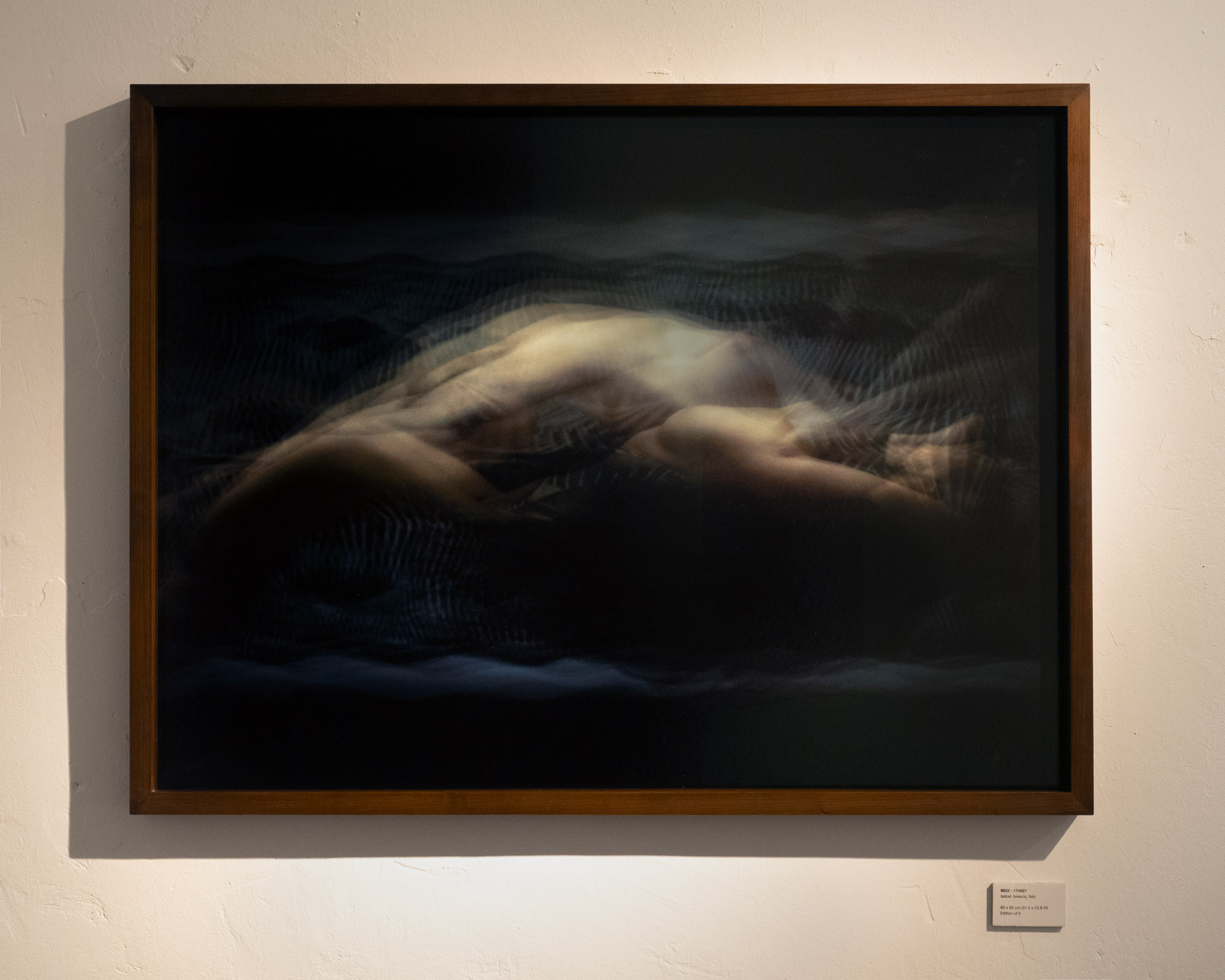


(Opening event and Installation shots, June 2023)